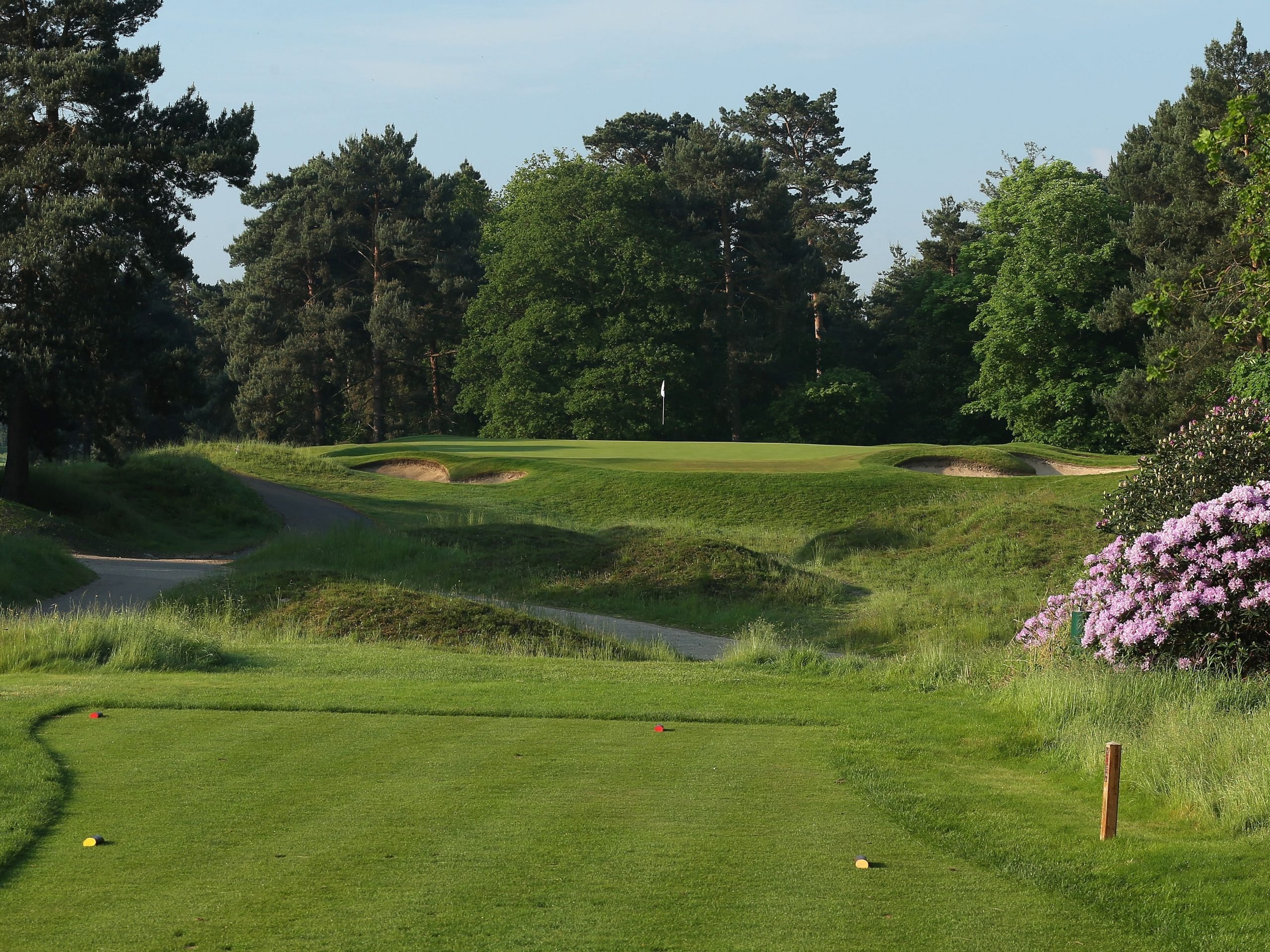What is a Par 3 Golf Course

Golf is a sport of precision, strategy, and endless possibilities. Among the various types of golf courses that dot the landscape, one type holds a special allure: the Par 3 golf course. Whether you’re a seasoned golfer or just starting your golfing journey, understanding what a Par 3 golf course entails can enrich your appreciation for the game and open up new avenues of enjoyment on the fairways.
A Par 3 golf course, as the name suggests, is a type of golf course where every hole is designed to be completed in three strokes by an expert golfer. These courses are characterized by their shorter hole lengths and focus on accuracy and finesse rather than sheer distance. Par 3 courses provide a unique experience that challenges golfers to execute precise shots and navigate strategically designed holes.
In this comprehensive guide, we will delve into the world of Par 3 golf courses, exploring their design, features, advantages, and strategies. Whether you’re seeking a quick round, looking to improve your short game skills, or simply enjoy the beauty of golf in a condensed format, a Par 3 golf course has much to offer.
Join us as we uncover the nuances of Par 3 golf courses, unlocking the secrets to success on these charming layouts and discovering the joy of mastering the art of precision in the game of golf.

Understanding Golf Courses
Before we dive into the specifics of Par 3 golf courses, let’s briefly understand the role of golf courses in the game. Golf courses serve as the canvas upon which golfers showcase their skills. These carefully designed landscapes feature a series of holes, each offering unique challenges and opportunities. The goal is to complete each hole with the fewest number of strokes possible, navigating obstacles such as bunkers, water hazards, and rough terrain.
Golf courses are typically categorized by their overall par value, which represents the number of strokes an expert golfer is expected to take to complete the course. Par values range from 3 to 5, with Par 3 courses being the shortest in length.
The Par 3 Golf Course: Overview and Design
A Par 3 golf course is a specific type of golf course where all the holes are designed to be Par 3s. In other words, the length of each hole is such that an expert golfer is expected to complete it in three strokes. While Par 3 courses are generally shorter in distance compared to Par 4 or Par 5 courses, they present their own unique challenges and opportunities for golfers.
Key Features and Characteristics
Par 3 golf courses have distinct features and characteristics that set them apart from other courses. Let’s take a closer look at some of these key attributes:
| Feature | Description |
|---|---|
| 1. Hole Length | Discuss the typical length range of Par 3 holes, which is generally under 200 yards. |
| 2. Hazards and Bunkers | Explain the placement of hazards, bunkers, and water features strategically on Par 3 courses. |
| 3. Green Size and Difficulty | Discuss the smaller size of greens on Par 3 courses and their undulating nature, which adds challenge. |
| 4. Scenic Beauty and Variety | Highlight the aesthetic appeal of Par 3 courses, often set amidst stunning landscapes or with scenic views. |
| 5. Time Efficiency | Emphasize the quicker playtime on Par 3 courses, making them ideal for time-constrained golfers. |
These features collectively contribute to the charm and allure of Par 3 golf courses, making them an attractive choice for golfers of all skill levels.
Benefits and Advantages of Par 3 Golf Courses
Par 3 golf courses offer several benefits and advantages that appeal to golfers. Whether you’re a beginner looking to hone your skills or an experienced golfer seeking a quick round, Par 3 courses have something to offer. Let’s explore some of the key benefits:
- Skill Development: Par 3 courses provide an excellent opportunity for golfers to develop and refine their short game skills. With shorter holes, golfers can focus on accuracy, precision, and finesse around the greens. This concentrated practice can significantly improve their overall game.
- Accessibility and Inclusivity: Par 3 courses are often more accessible and less intimidating for beginners, junior golfers, and seniors. The shorter hole lengths and reduced challenge of navigating longer fairways make Par 3 courses more welcoming and enjoyable for golfers at various skill levels.
- Quick Rounds and Time Efficiency: Par 3 courses offer a faster pace of play compared to longer courses. This makes them an excellent choice for golfers with limited time or those seeking a shorter, more efficient round. Golfers can fit in a quick game after work or enjoy multiple rounds in a single day.
- Lower Cost and Reduced Equipment: Playing on a Par 3 course can be more affordable, as they typically have lower green fees compared to full-length courses. Additionally, the shorter distances may require fewer clubs, making it a budget-friendly option for golfers.
- Enjoyment for All: Par 3 courses are designed to be enjoyable and less stressful, allowing golfers to focus on the sheer pleasure of playing the game. The scenic beauty, variety of challenges, and opportunities for camaraderie make Par 3 golf courses a delightful choice for golfers of all abilities.
Strategies for Success on Par 3 Golf Courses
While Par 3 courses may seem less challenging due to their shorter distances, strategizing and executing shots effectively are still crucial for success. Here are some tips to enhance your performance on Par 3 golf courses:
- Club Selection: Assess the distance, wind conditions, and hazards to determine the appropriate club for each shot. Consider factors such as elevation changes, green slopes, and potential trouble spots.
- Focus on Accuracy: Precision is key on Par 3 courses. Aim for the center of the green, avoiding hazards and potential trouble areas. Prioritize accuracy over distance to ensure better chances of landing on the green and setting up birdie opportunities.
- Short Game Proficiency: Develop your short game skills, including pitching, chipping, and putting. These shots play a vital role on Par 3 courses, where precise control around the greens can make a significant difference in scoring.
- Strategic Course Management: Analyze the layout of each hole, including hazards and green slopes, to plan your shots strategically. Avoid risky shots that could lead to trouble and prioritize conservative play when necessary.
- Mental Focus and Visualization: Maintain a positive mindset, visualize successful shots, and stay focused on the present moment. Avoid getting caught up in previous shots or future outcomes. Visualization can help you execute shots with confidence and precision.
Remember, each Par 3 hole presents a unique challenge, and adapting your strategy accordingly can lead to improved performance and enjoyment on the course.
Conclusion
Par 3 golf courses offer a distinct golfing experience, emphasizing precision, skill development, and enjoyment. Their shorter hole lengths, strategic design, and scenic beauty make them a favorite among golfers of all abilities. Whether you’re looking to refine your short game skills, enjoy a quicker round, or introduce newcomers to the game, Par 3 courses provide a welcoming and rewarding experience. So, the next time you’re searching for a golfing adventure, consider stepping onto a Par 3 course and embrace the challenges and joys it has to offer.






